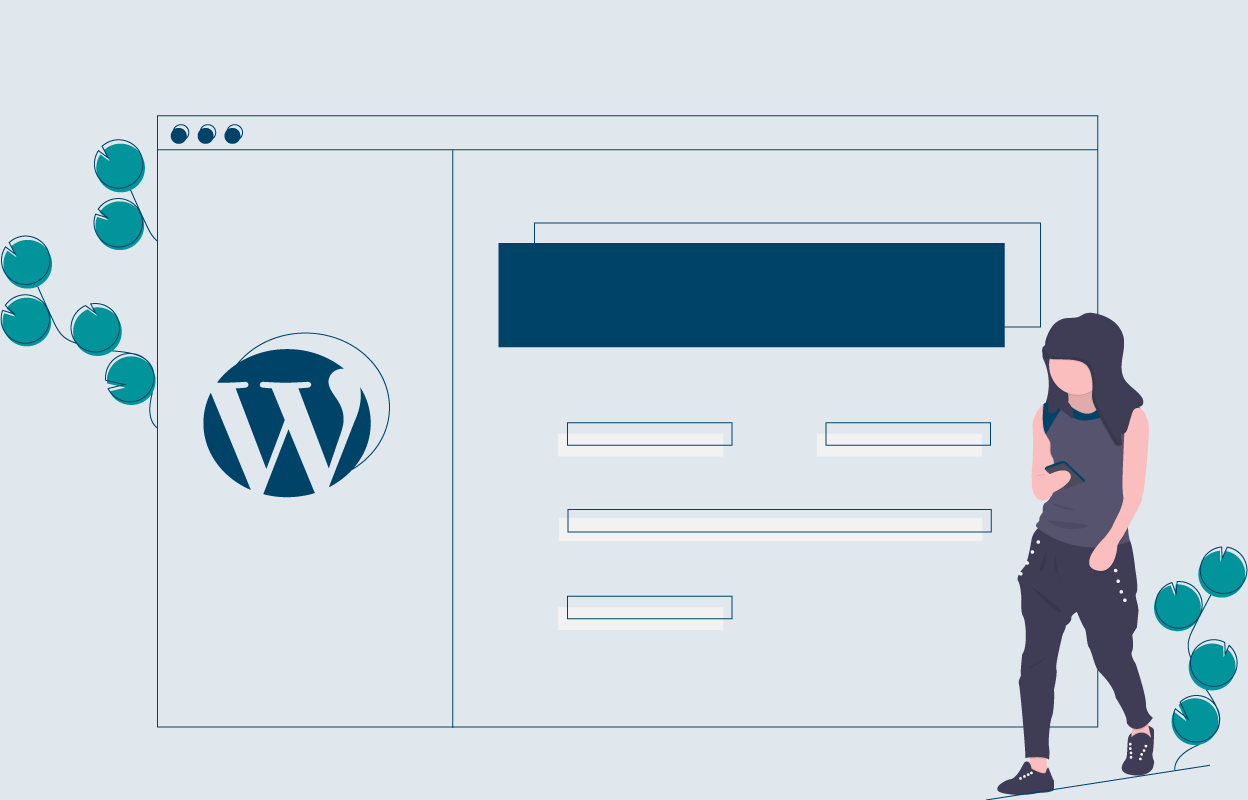Our curriculum is structured to build your knowledge progressively. We start with the foundational concepts and tools, then move into the core of theme and plugin development, and finally, tackle advanced topics and real-world project deployment. Each module includes practical exercises to solidify your learning.
Upon successful completion of this training program, you will have the practical skills and conceptual knowledge required to work as a professional WordPress developer. The objectives below are designed to be measurable outcomes that you will achieve.
- Develop fully custom and responsive WordPress themes from scratch.
- Build functional and secure WordPress plugins to meet specific client needs.
- Implement Custom Post Types, Custom Taxonomies, and Custom Fields to build complex content structures.
- Customize WooCommerce to create tailored e-commerce experiences.
- Utilize WordPress Hooks (Actions and Filters) to modify core functionality without editing core files.
- Build custom blocks for the Gutenberg editor to provide enhanced content creation experiences.
- Secure WordPress websites against common vulnerabilities.
- Optimize websites for speed and performance.
- Manage a professional development workflow using local environments, Git, and live server deployment.
- Troubleshoot and debug common WordPress issues effectively.
Week 1: Introduction to WordPress & Web Basics
Module 1.1: What is WordPress & How it Works
2.
Difference between WordPress.org vs WordPress.com
3.
Use cases: Blog, Business Site, eCommerce, Portfolio
4.
Real-world WordPress site examples
Module 1.2: Domains, Hosting, and Local Setup
1.
What are domains & how DNS works
2.
Shared vs VPS vs Managed Hosting
3.
Introduction to localhost (XAMPP / LocalWP)
4.
Installing WordPress locally
Module 1.3: Exploring the WordPress Dashboard
1.
Posts, Pages, Media, Appearance, Plugins, Users
2.
Site Settings: General, Reading, Writing, Permalinks
3.
Understanding Admin roles and permissions
Week 2: Themes and Site Structure
Module 2.1: Understanding Themes
2.
Installing free & premium themes
3.
Theme Directory vs Manual Upload
4.
Child Themes: Why and How
Module 2.2: Layout Customization
1.
Header, Footer, Sidebar, Widgets
2.
Gutenberg vs Classic Editor
3.
Creating and Managing Menus
Module 2.3: Using the Site Editor (FSE)
1.
Full Site Editing overview
2.
Global Styles & Templates
3.
Customizing your homepage layout
Week 3: Pages, Posts, and Media
Module 3.1: Working with Pages & Posts
1.
Difference between Pages vs Posts
3.
Using Gutenberg Blocks effectively
Module 3.2: Content Organization
2.
Setting a Featured Image
Module 3.3: Media Library Management
1.
Uploading & Editing media
2.
Optimizing images for web
3.
Managing files and folders
Week 4: Plugins and Page Builders
Module 4.1: Installing and Managing Plugins
2.
How to install, activate, and update plugins
3.
Must-have plugins (Contact Form, SEO, Cache, Security)
Module 4.2: Page Builders Overview
1.
Introduction to Elementor & Divi
2.
Visual vs Code-based Design
3.
Building a page with drag-and-drop
Module 4.3: Custom Forms and Shortcodes
1.
Contact Form 7 & WPForms setup
2.
Using shortcodes to embed content
3.
Best practices for contact and feedback forms
Week 5: Elementor Mastery
Module 5.1: Elementor Basics
1.
Templates, Sections, Columns, and Widgets
2.
Global fonts and colors
3.
Responsive Design using Elementor
Module 5.2: Building Custom Pages
1.
About Us, Services, and Portfolio pages
2.
Call to Action and Testimonials
3.
Save and reuse templates
Module 5.3: Landing Page Design
1.
Structuring a conversion-friendly layout
2.
Popups and countdown timers
3.
Linking buttons and forms
Week 6: Blogging and SEO Optimization
Module 6.1: Setting Up a Blog Page
1.
Creating a blog listing page
2.
Author bios, categories, and archives
3.
Designing blog post templates
Module 6.2: SEO Essentials
1.
Installing and configuring Yoast SEO or RankMath
2.
Meta titles, descriptions, and sitemap
3.
Search engine visibility settings
Module 6.3: Performance Optimization
1.
Image optimization (TinyPNG, Smush)
2.
Caching plugins (LiteSpeed, W3 Total Cache)
3.
Speed testing tools (GTmetrix, PageSpeed Insights)
Week 7: WooCommerce Store Development
Module 7.1: Installing and Configuring WooCommerce
1.
Setup wizard walkthrough
2.
Payment methods, shipping zones, tax settings
Module 7.2: Product Management
1.
Adding simple & variable products
2.
Product categories, tags, and images
3.
Inventory and stock management
Module 7.3: Store Customization
1.
Cart and checkout pages
3.
Coupons, discounts, and order emails
Week 8: Site Security, Backups & Maintenance
Module 8.1: Website Security Essentials
1.
Threats and vulnerabilities in WordPress
2.
Best security practices
3.
Using Wordfence or iThemes Security
Module 8.2: Backups & Updates
1.
Manual vs automated backups
2.
Plugins: UpdraftPlus, JetBackup
3.
Keeping WordPress, themes, and plugins updated
Module 8.3: Site Health Monitoring
1.
WordPress Site Health tool
2.
Troubleshooting plugin conflicts
Week 9: Deployment and Live Hosting
Module 9.1: Hosting & Domain Setup
1.
Selecting a host (Hostinger, Bluehost, etc.)
2.
Connecting domain to hosting
Module 9.2: Migrating from Localhost to Live
1.
Manual migration (FTP, phpMyAdmin)
2.
Using plugins like All-in-One WP Migration
3.
Testing before go-live
Module 9.3: Website Launch Checklist
2.
Contact form/email testing
3.
Submission to Google Search Console
Week 10: Final Project & Freelancing Readiness
Module 10.1: Final Project Development
1.
Build a live portfolio, blog, or store
2.
Incorporate all key elements (Pages, Blog, Forms, SEO)
Module 10.2: Project Review & Presentation
2.
Instructor review and improvement tips
3.
Preparing a public portfolio
Module 10.3: Freelancing & Career Guidance
1.
How to get WordPress clients (Upwork, Fiverr)
2.
Resume/LinkedIn optimization
3.
Pricing projects and scope of work
Knowledge Area: Wordpress Development Mastery
Professional Certificate in WordPress Development
- Custom WordPress Theme & Plugin Architecture
- Full-Stack WordPress Development (PHP, MySQL, JS)
- E-Commerce Solutions with WooCommerce
- REST API Integration & Headless CMS Concepts
- Advanced Content Management with CPTs & ACF
- Modern WordPress Development with Gutenberg
- Professional Security & Performance Optimization
- Complete Project Lifecycle Management & Deployment


